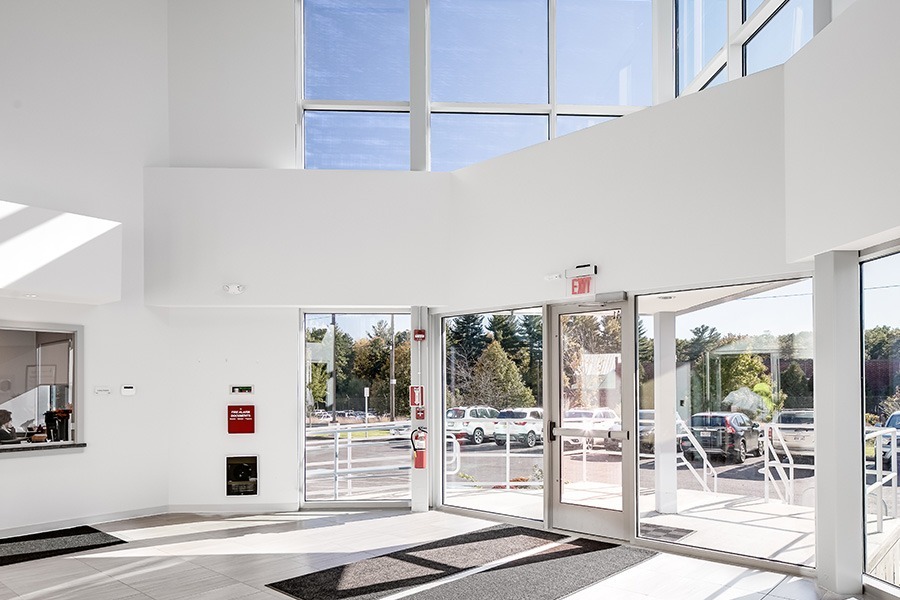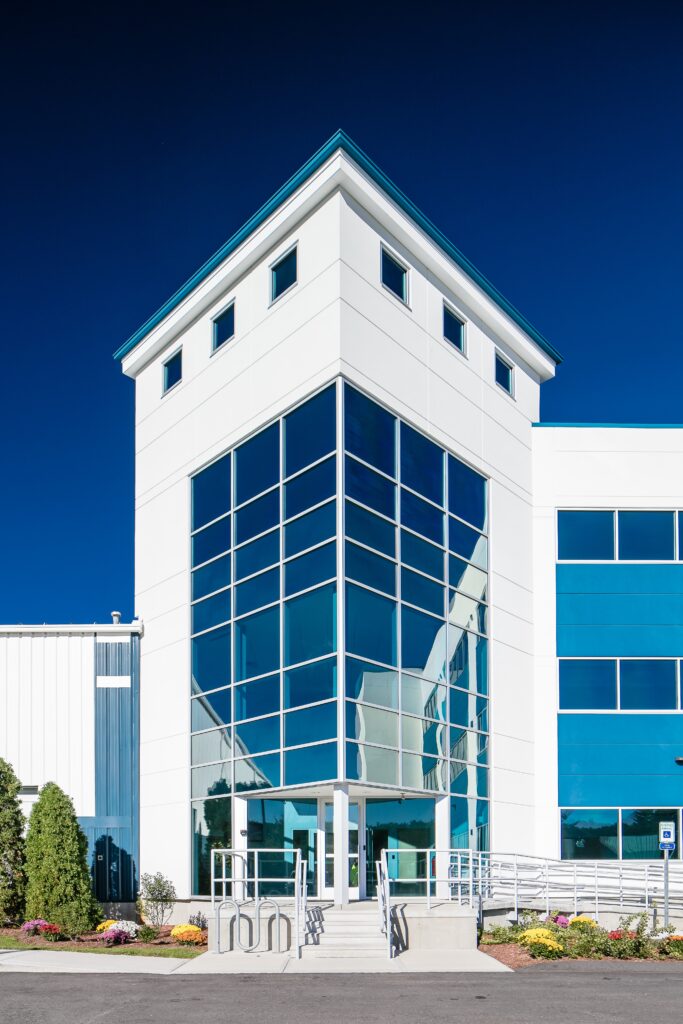Steel Building Construction Methods Explained—Pre-engineered Metal Building (PEMB) or Conventional Steel Building
If you’re more than one step into the planning of a steel building for a commercial construction project, someone’s probably asked if you’re going with a pre-engineered metal building (PEMB) or a conventional steel building. Some people get very passionate about the decision with arguments strongly in favor of one over the other. If you’re not sure what option is best for you, we’re here to help.
So, what’s a building owner to do?
First, like most business decisions, choosing a steel building construction method is rarely an all-or-nothing proposition. Therefore, anyone who makes strong recommendations without taking a fairly deep dive into your specific situation is probably just trying to sell you something.
Advantages of Pre-Engineered Metal Buildings
The nature of the (PEMB) process makes them schedule friendly. This starts in the design and engineering stage where we’re able to compress the timeline by leveraging the thousands of projects that have been engineered and built in the past. Even code compliance can be streamlined with advanced developments such as Butler’s tested assemblies.
A PEMB also saves time on the jobsite because there’s virtually no in-field modifications or fabrication required. Pre-engineered metal buildings from Butler Manufacturing arrive with the individual parts factory punched so everything fits together with bolted connections to expedite the process.
In some cases, your facility can be operational in half the time it would take with conventional steel. Factory punched parts is something only available from Butler® and a Butler Builder. Also, the engineering of a PEMB is optimized to use the right amount of steel for the project. In many cases, that results in a lighter, less expensive building because less steel is required to achieve the same structural integrity.


When Conventional Construction Works Well
While a PEMB can be dressed up with a wide selection of wall panels and facade finishes, conventional steel excels when your vision is for a unique shape with shorter spans or other special design features. However, this priority on design may require the concession of adding cost to the budget and time to the schedule.
A conventional solution encompasses all conventional steel products, ranging from wide-flange beams, tubes, and pipes to bar joists and deck. Complex facilities are often a great fit for conventional construction. Butler provides sophisticated modeling technology that provides unprecedented accuracy in the design phase. This technology ensures efficiencies from estimation to fabrication, even with the most complex structural designs. Additionally, for conventional steel projects, Butler provides bolted connections, minimizing the amount of required field welding, saving time and labor costs.
The number of stories in your building can also be a factor driving you to conventional steel construction. A PEMB typically doesn’t go higher than two stories, so conventional is often a better fit once the requirements hit three stories or more.

The Hybrid Wildcard
Today, the question isn’t always PEMB or conventional. Often, the thought should turn to how we can apply the characteristics of each method to maximize the value of the overall project.
More and more buildings are going up using a hybrid construction approach. And with good reason. As discussed above, each method brings specific advantages within a given set of requirements. So, any time there’s a mixed-use requirement for the building – such as office space with an adjoining warehouse – a hybrid approach can open a world of possibilities.
In other cases, conditions might make concrete walls a better choice, but topping it with a pre-engineered roof system could provide some long-term advantages. There are many scenarios where a hybrid construction method brings value to your project.


The Key to Success
Building owners who feel like they had a successful construction project often have one thing in common. They all engaged a design/build team early in the process and benefited from the experience and insight that team brought to the project. If you’re trying to make sense of these construction methods, call your local Butler Builder. You’ll be glad you did.